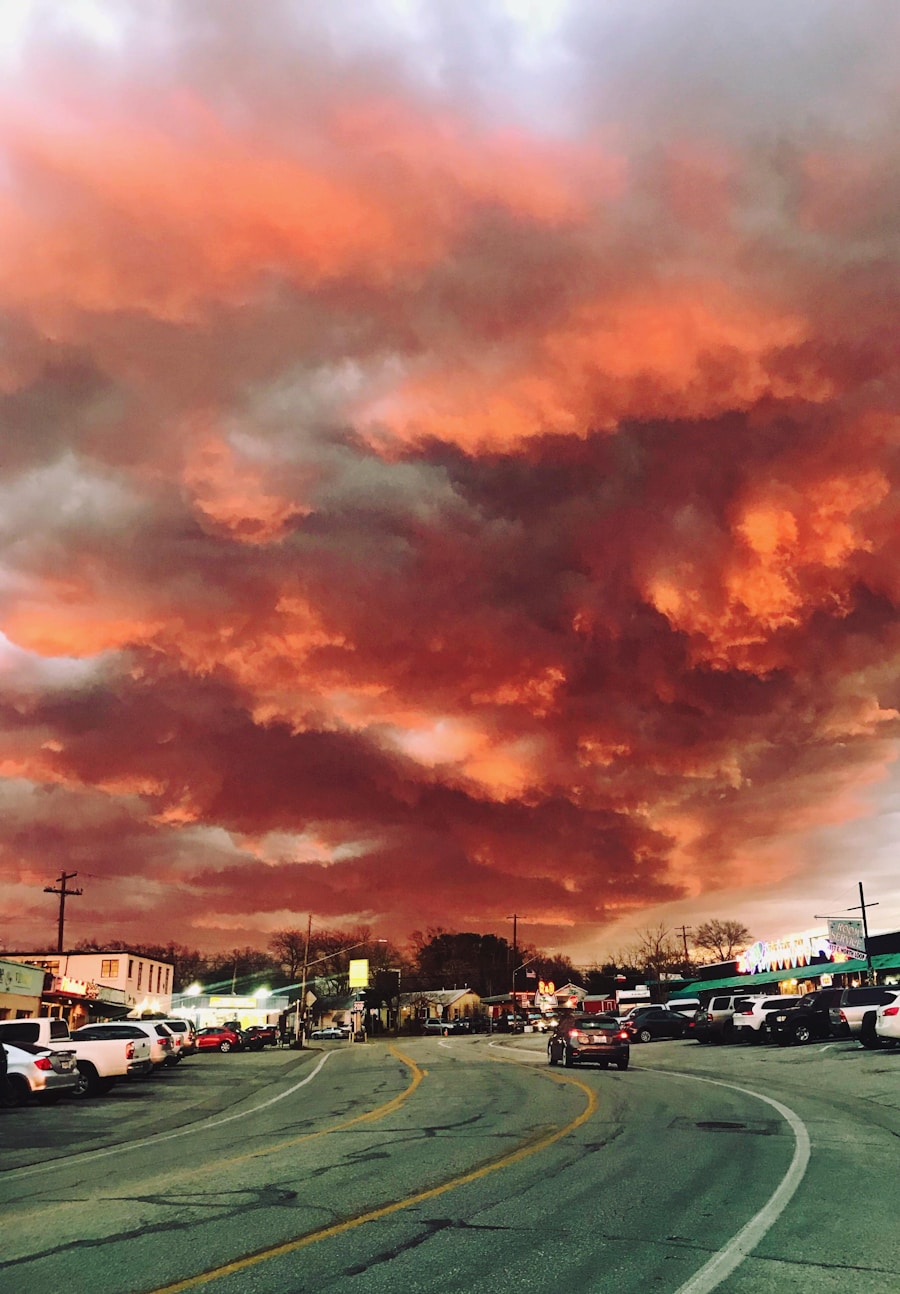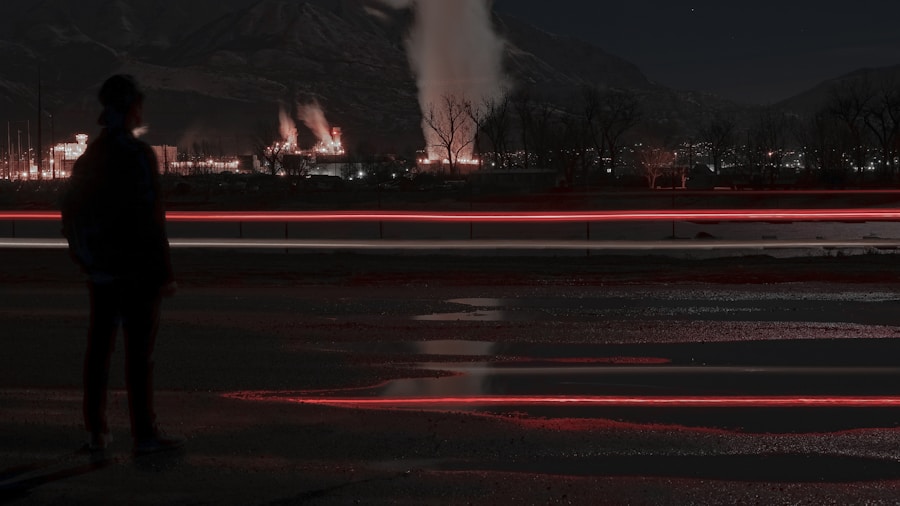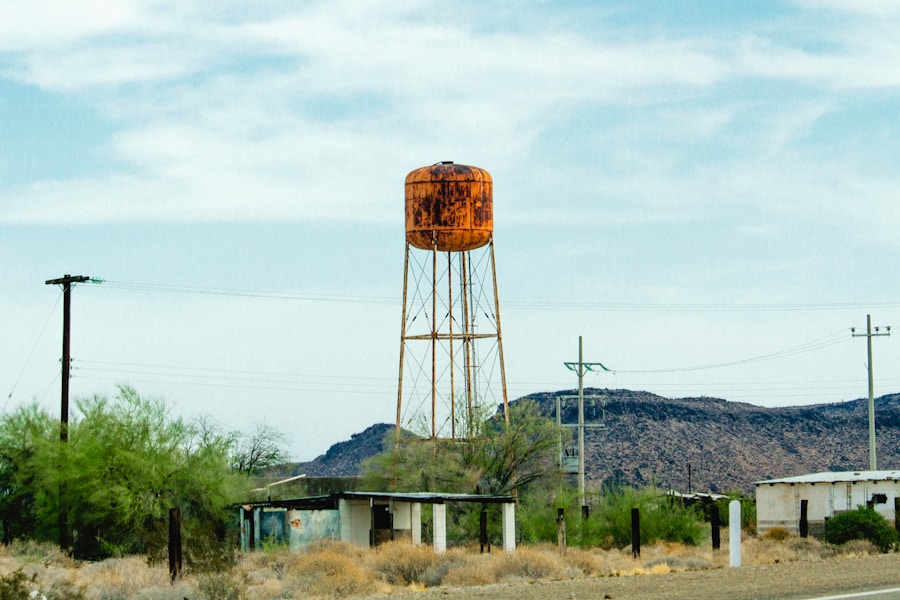Nevada’s political landscape is a dynamic tapestry woven from its diverse population, economic interests, and historical context. As a state that has often been viewed as a bellwether for national trends, Nevada’s political identity is shaped by a unique blend of urban and rural influences. The state is home to Las Vegas, a bustling metropolis that attracts millions of visitors each year, and Reno, known for its vibrant arts scene and outdoor activities.
These urban centers contrast sharply with the vast rural areas that dominate much of the state, creating a complex political environment where issues can resonate differently depending on geography. In recent years, Nevada has leaned Democratic, particularly in presidential elections. However, this trend is not set in stone.
The state’s political affiliations are influenced by various factors, including economic conditions, demographic shifts, and the evolving priorities of its residents. As you delve deeper into Nevada’s political landscape, you’ll discover that it is not just a reflection of its past but also a canvas for future possibilities. Understanding this landscape is crucial for anyone looking to grasp the nuances of Nevada’s electoral behavior and the potential implications for upcoming elections.
Analysis of 2020 election results in Nevada
Continuation of Democratic Leanings
The 2020 election results in Nevada showcased a continuation of the state’s Democratic leanings, with Joe Biden securing 50.06% of the vote compared to Donald Trump’s 47.67%. This outcome was significant not only for its immediate implications but also for what it revealed about the shifting priorities and values of Nevada’s electorate.
Urban Stronghold and Rural Vulnerability
Biden’s victory was bolstered by strong support in Clark County, which encompasses Las Vegas and its suburbs, where a majority of the state’s population resides. This urban stronghold played a pivotal role in delivering electoral votes to the Democratic candidate. However, the election results also highlighted areas of vulnerability for Democrats. Trump’s performance in rural counties demonstrated that there remains a substantial base of support for Republican candidates outside urban centers.
Complexities of Nevada’s Political Landscape
The stark contrast between urban and rural voting patterns underscores the complexities of Nevada’s political landscape. As you analyze these results, it becomes clear that while Democrats have made significant inroads, the potential for a competitive political environment remains strong, particularly as issues evolve and new challenges arise.
Factors contributing to potential shift in Nevada’s political color

Several factors could contribute to a potential shift in Nevada’s political color in future elections. One of the most significant is the state’s economic landscape. Nevada has historically relied on tourism and gaming as its primary economic drivers.
However, the COVID-19 pandemic exposed vulnerabilities in this model, leading to job losses and economic uncertainty. As residents grapple with these challenges, their political priorities may shift, opening the door for candidates who address economic recovery and job creation more effectively. Additionally, the changing demographics of Nevada play a crucial role in shaping its political future.
The state has seen an influx of younger voters and an increasingly diverse population, particularly among Latino and Asian communities. These groups tend to lean Democratic but are not monolithic in their views. Engaging these voters and addressing their specific concerns will be essential for any party looking to gain traction in Nevada.
As you consider these factors, it becomes evident that the state’s political color is not fixed; rather, it is subject to change based on the evolving needs and aspirations of its residents.
Impact of demographic changes on Nevada’s political landscape
| Demographic Change | Impact on Nevada’s Political Landscape |
|---|---|
| Population Growth | The increase in population, particularly in urban areas like Las Vegas and Reno, has led to a shift in political power and influence towards these areas. |
| Ethnic Diversity | The growing diversity of Nevada’s population has led to a more diverse electorate, impacting the issues and candidates that are prioritized in political campaigns. |
| Aging Population | The aging population in Nevada has led to a greater focus on issues such as healthcare and retirement benefits in political discussions and policy-making. |
| Rural-Urban Divide | The demographic divide between rural and urban areas has influenced the political dynamics, with different priorities and concerns being represented in the state’s political landscape. |
Demographic changes have had a profound impact on Nevada’s political landscape over the past few decades. The state has experienced significant population growth, particularly among younger voters and minority communities. This shift has altered the electorate’s composition, making it more representative of diverse perspectives and experiences.
As you examine these changes, you’ll find that they have implications not only for voter turnout but also for the issues that resonate with different segments of the population. For instance, younger voters are often more progressive on social issues such as climate change, healthcare access, and education reform. Their increasing presence at the polls can influence candidates to adopt more progressive platforms to appeal to this demographic.
Similarly, the growing Latino population in Nevada has become a critical voting bloc, with issues such as immigration reform and economic opportunity taking center stage in their political considerations. Understanding these demographic shifts is essential for anyone looking to navigate Nevada’s evolving political landscape effectively.
Comparison of 2020 election results with previous elections in Nevada
When comparing the 2020 election results with previous elections in Nevada, several trends emerge that highlight the state’s shifting political dynamics. In 2016, Hillary Clinton won Nevada with 47.9% of the vote compared to Trump’s 45.77%. The slight increase in Biden’s margin of victory in 2020 suggests a consolidation of Democratic support, particularly among key demographic groups such as women and younger voters.
This trend indicates that Democrats have successfully mobilized their base while also appealing to moderate voters who may have been disillusioned with Trump’s presidency. However, it’s essential to recognize that while Democrats have made gains, Republicans still maintain a foothold in certain regions of the state. For example, Trump’s performance in rural counties improved from 2016 to 2020, indicating that there remains a strong conservative base that could be mobilized in future elections.
As you analyze these results, you’ll see that while Democrats have made strides in Nevada, the potential for competitive races remains high as both parties work to engage their respective bases and appeal to undecided voters.
Role of key issues in influencing Nevada’s voting patterns

Key issues play a significant role in shaping voting patterns in Nevada, influencing how residents align themselves politically. Economic concerns are often at the forefront of voters’ minds, particularly given the state’s reliance on tourism and hospitality industries. The impact of the COVID-19 pandemic on jobs and livelihoods has heightened awareness around economic recovery efforts.
Candidates who prioritize job creation and support for small businesses are likely to resonate with voters who are eager for stability and growth. Social issues also hold considerable weight in Nevada’s political discourse. Topics such as healthcare access, education funding, and climate change have gained traction among voters who seek progressive solutions to pressing challenges.
The state’s diverse population means that different communities may prioritize different issues; for instance, Latino voters may focus on immigration reform while younger voters may advocate for climate action. As you consider these key issues, it’s clear that candidates must be attuned to the concerns of various voter segments to build broad-based support.
Implications of Nevada potentially turning red in the 2020 election
The implications of Nevada potentially turning red in the 2020 election would have been significant not only for the state but also for national politics. A Republican victory would have signaled a shift in voter sentiment and raised questions about the Democratic Party’s ability to maintain its foothold in traditionally blue states. Such a change could have prompted both parties to reevaluate their strategies and messaging as they sought to engage voters more effectively.
Moreover, a Republican win in Nevada could have influenced electoral dynamics in neighboring states as well. The West Coast has generally leaned Democratic in recent years; however, if Nevada were to turn red, it might embolden Republican candidates in states like Arizona and New Mexico to adopt more aggressive campaigning strategies. As you reflect on these potential implications, it’s evident that shifts in Nevada’s political color can reverberate beyond its borders, impacting broader electoral trends across the nation.
Future outlook for Nevada’s political climate
Looking ahead, the future outlook for Nevada’s political climate remains uncertain yet full of potential. As demographic changes continue to reshape the electorate and key issues evolve, both parties will need to adapt their strategies to remain relevant. Engaging younger voters and addressing their concerns will be crucial for Democrats seeking to maintain their advantage while Republicans will need to find ways to connect with diverse communities if they hope to regain ground.
Additionally, economic recovery will play a pivotal role in shaping voter sentiment in upcoming elections. As residents seek stability and growth following the challenges posed by the pandemic, candidates who prioritize effective solutions will likely gain traction at the polls. Ultimately, Nevada’s political landscape is poised for continued evolution; your understanding of these dynamics will be essential as you navigate this complex terrain in future elections.
In a recent article from Nevada Today, the question of whether Nevada turned red in the last election is explored.
For more information on exciting events in Las Vegas, check out this article or uncover the excitement in Las Vegas with this piece.
FAQs
What does it mean for Nevada to “turn red”?
“Turning red” refers to a state voting for the Republican candidate in a presidential election. In the context of Nevada, it would mean that the majority of the state’s voters supported the Republican candidate.
Has Nevada historically been a red or blue state?
Nevada has historically been considered a swing state, with a tendency to lean towards the Democratic party in presidential elections. However, it has also voted for Republican candidates in the past.
Did Nevada turn red in the most recent presidential election?
In the most recent presidential election, Nevada did not “turn red.” The state voted for the Democratic candidate, Joe Biden, in the 2020 election.
What factors contribute to Nevada’s political leanings?
Nevada’s political leanings are influenced by a variety of factors, including the demographics of the state, the economy, and key issues such as immigration and healthcare. The state’s urban and rural divide also plays a role in shaping its political landscape.
How does Nevada’s political landscape compare to other states?
Nevada’s political landscape is unique in that it is considered a swing state, meaning it is not reliably Democratic or Republican. This makes it a crucial battleground state in presidential elections.


